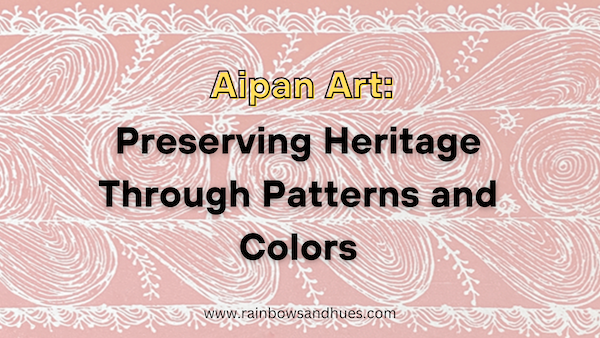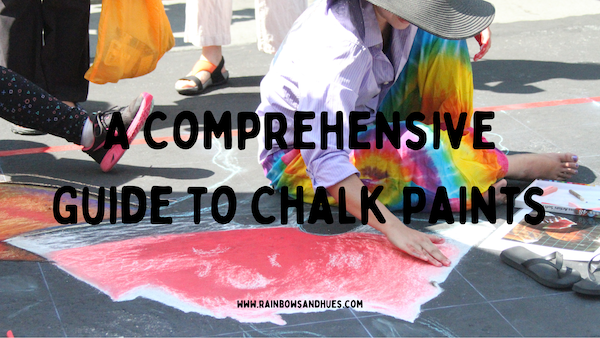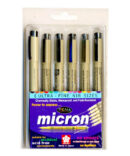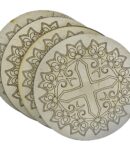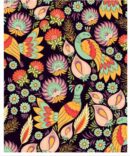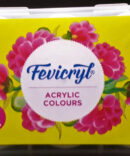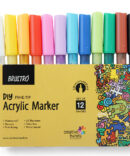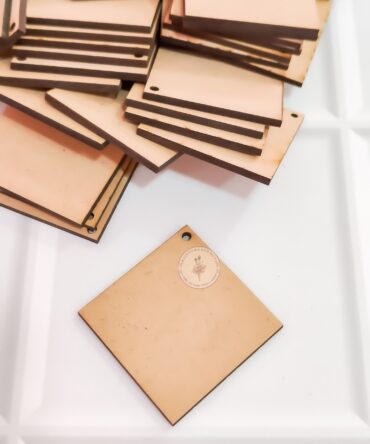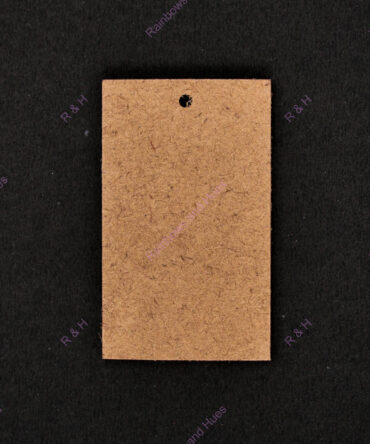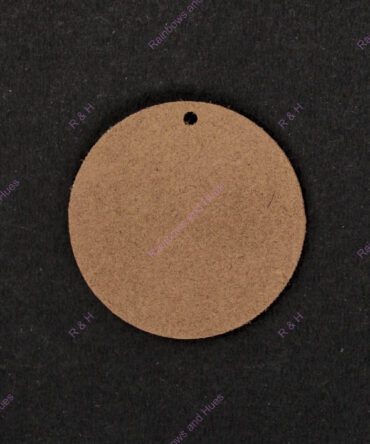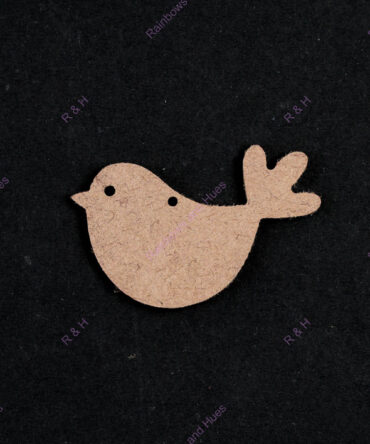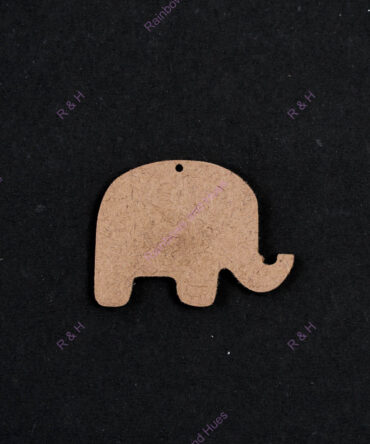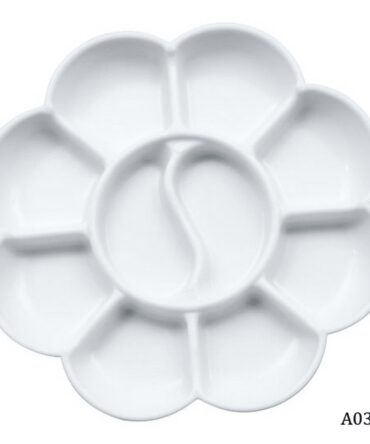Aipan art, deeply rooted in the cultural fabric of India, is a traditional folk art form that transcends generations. Derived from the Sanskrit words “Ayi” meaning “Good Luck” and “Panna” meaning “A Board” or “Panel,” Aipan is a visual and cultural spectacle with profound connections to the rituals and celebrations of the Kumaon region in Uttarakhand.
Historical Roots and Significance:
Originating from the Kumaoni community, Aipan art carries a rich history that dates back to ancient times. The art form’s significance lies in its association with auspicious occasions, such as weddings, childbirth, and festivals. Its intricate patterns and symbolic motifs play a vital role in adorning homes, symbolizing a sacred space where positive energy converges.
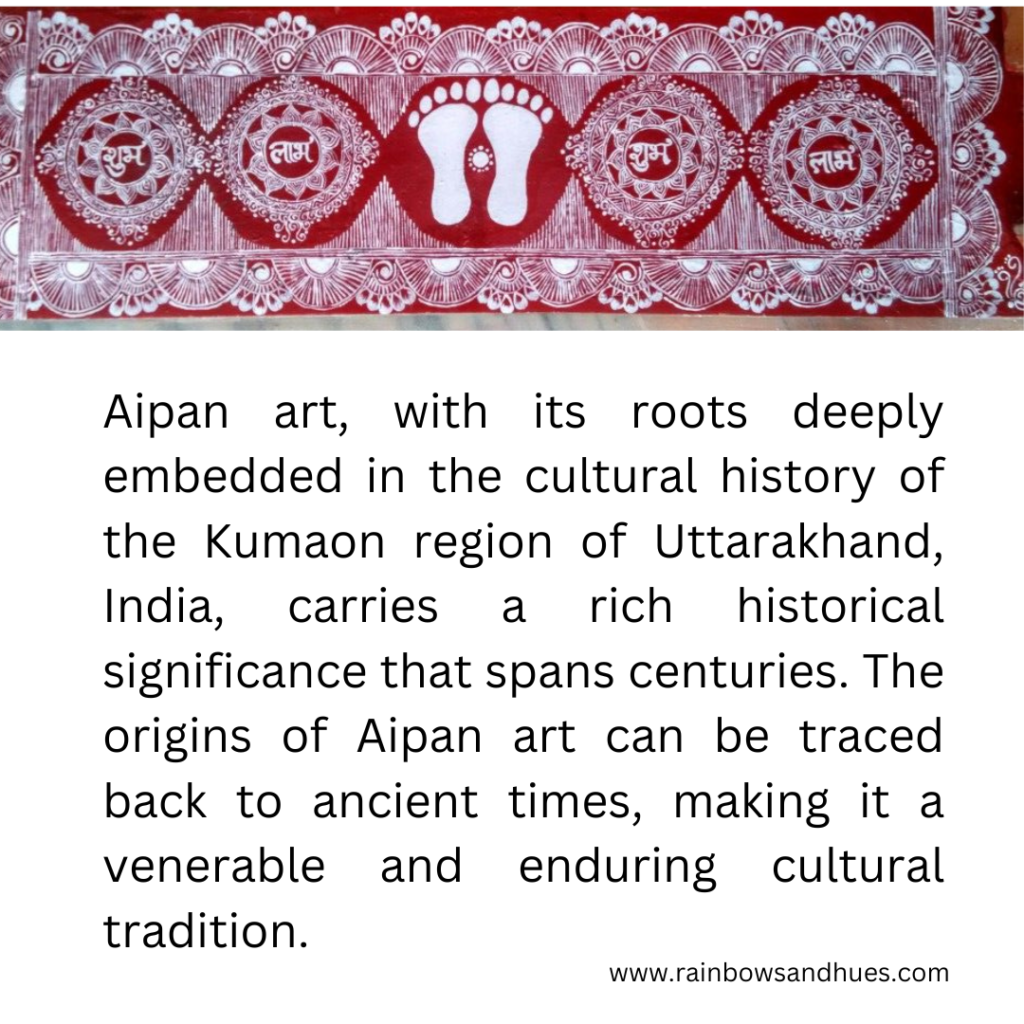
Artistic Process:
The creation of Aipan art involves a meticulous and meditative process primarily carried out by women in households. Using a wooden board or the floor as a canvas, the artist begins by drawing a grid of dots, forming the skeletal structure of the design. The subsequent addition of motifs, including lotus flowers, birds, and geometric patterns, reflects a harmonious coexistence with nature.
Also Read: Unleash Your Creativity with Medium Density Fiberboard (MDF)
Symbolic Motifs and Colors:
Aipan art is characterized by its geometric precision and the use of specific symbols, each laden with cultural meanings. Motifs such as lotus flowers and birds often convey narratives from folk tales, mythological stories, or historical events. The color palette, derived from natural sources, adds an eco-friendly dimension, with each color holding symbolic importance. Red signifies energy and power, while white represents purity and peace, contributing to the visual allure of Aipan art.
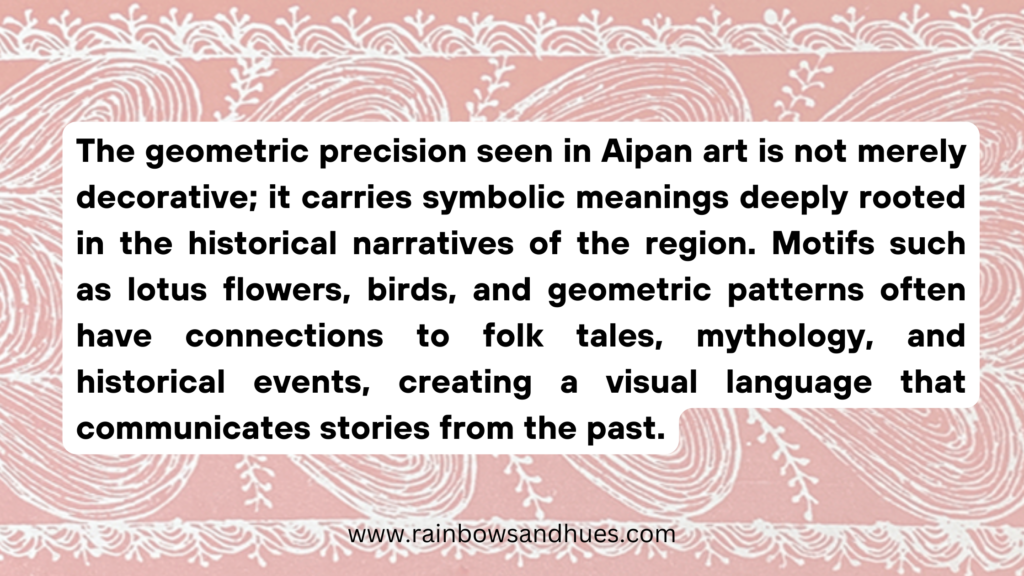
Cultural Narratives and Identity:
Beyond its aesthetic appeal, Aipan art serves as a visual language that conveys messages and stories across generations. It becomes a repository of cultural heritage, preserving and sharing the traditions of the Kumaon region. In a rapidly changing world, Aipan art fosters a sense of identity and belonging, grounding individuals in their roots and connecting them to their ancestors.
Enduring Tradition in a Modern Context:
Aipan art, like any traditional form, has not remained static. While preserving its core principles, contemporary artists infuse new elements and styles, ensuring its relevance in the modern context. Workshops and initiatives are organized to promote Aipan art, recognizing it not just as a cultural relic but as a dynamic and evolving form of expression.
Also Read: Ray, Tagore, and Dali: Artists of May
A Step-by-Step Guide
Materials Needed To Make AipanArt:
- Wooden board or clean floor space
- Rice paste or wheat flour paste
- Cotton cloth or sponge
- Natural pigments or poster colors (red, yellow, white)
- Brush or twig for applying colors
- Aipan design template or freehand design skills
- Dots-making tool (can be a simple stick or pen)
- Patience and creativity
Also Read: Unveiling the Artistry: The Rich History of Durga Puja Idols in West Bengal
Step 1: Prepare the Canvas Begin by selecting a wooden board or a clean floor space as your canvas. Ensure that the surface is smooth and free from dirt. If using a floor, a traditional practice, make sure it’s well-swept.
Step 2: Create the Base Mix rice paste or wheat flour paste with water to create a smooth, semi-liquid consistency. Apply this mixture evenly on the chosen surface using a cotton cloth or sponge. This will serve as the base for your Aipan art.
Step 3: Grid the Canvas Using a dots-making tool, create a grid of dots on the base. This grid will act as the skeletal structure for your design. The dots will guide the placement of motifs and patterns in the subsequent steps.
Step 4: Choose Your Design Select an Aipan design template or unleash your creativity to come up with a freehand design. Aipan art often features geometric patterns, lotus flowers, birds, and other symbolic motifs. Plan your design within the dotted grid.
Step 5: Apply Colors Now comes the vibrant part. Use natural pigments or poster colors to fill in the motifs and patterns. Red, yellow, and white are traditional colors with specific symbolic meanings. Apply the colors with a brush or twig, ensuring precision within the designated areas.
Step 6: Symbolic Motifs As you paint, be mindful of the symbolic meanings associated with each motif. For example, lotus flowers represent purity, and birds may symbolize freedom or spirituality. Let the motifs tell a story within your Aipan art.
Step 7: Allow to Dry Once you’ve completed the painting, allow it to dry thoroughly. This step ensures that the colors set in and the Aipan art becomes a lasting creation.
Step 8: Display or Use After drying, your Aipan art is ready for display. Traditionally, it adorns homes during auspicious occasions. You can place it on a wall or keep it on the floor, celebrating the positive energy and cultural richness it represents.
In conclusion, Aipan art is a living tradition that encapsulates the soul of a community. Its historical roots, artistic process, symbolic motifs, and cultural narratives make it a unique and cherished form of folk art. Aipan art stands as a testament to the enduring power of tradition, capable of transcending time and resonating across generations, fostering cultural pride and resilience.
Also Read: Lippan Art: A Unique Blend of Tradition and Craftsmanship
***
Hop over to our website www.rainbowsandhues.com to explore exciting offers on arts & craft supplies on our website! Follow @rainbowsandhues on Instagram to get regular information on new products and deals!

